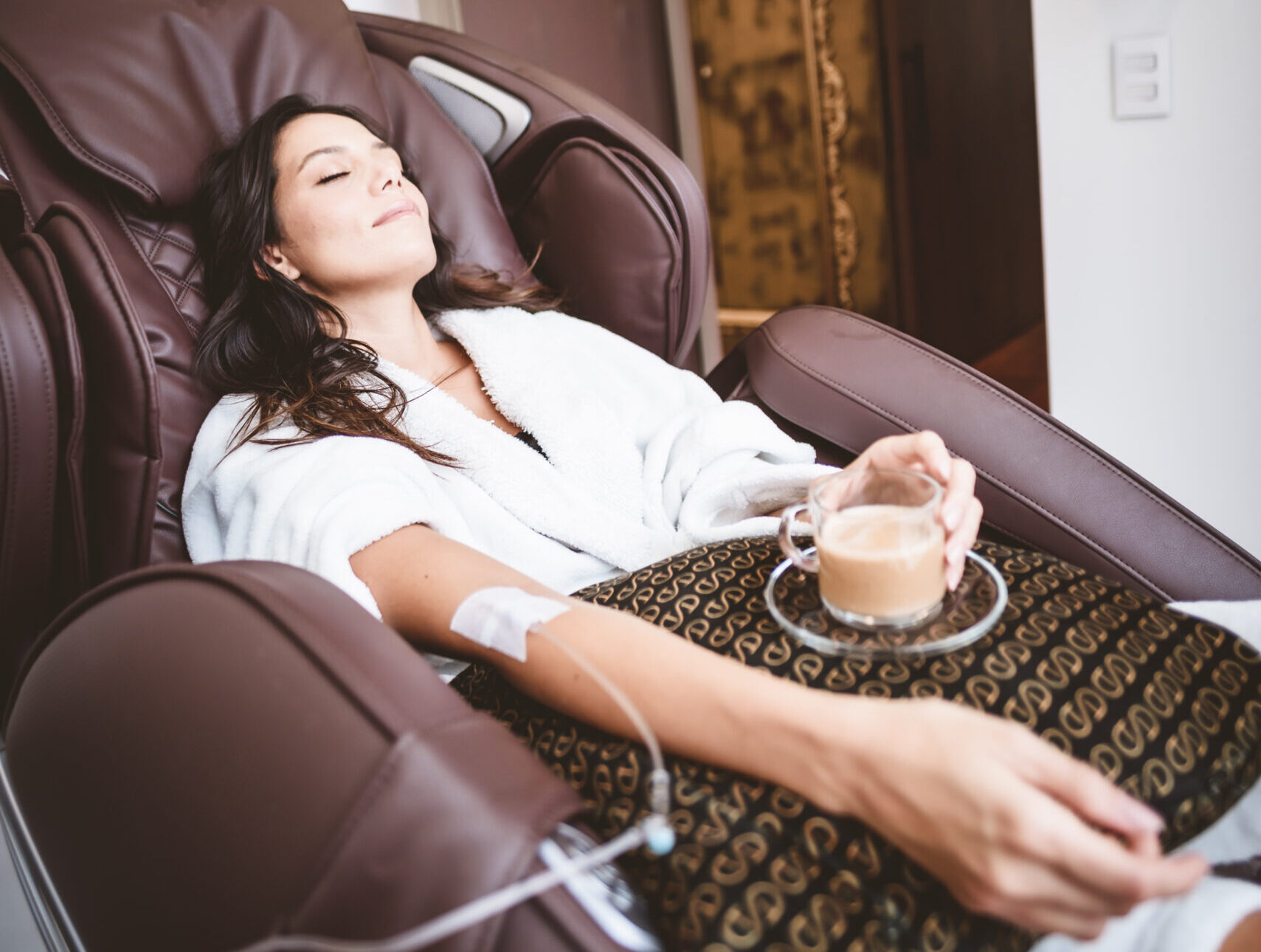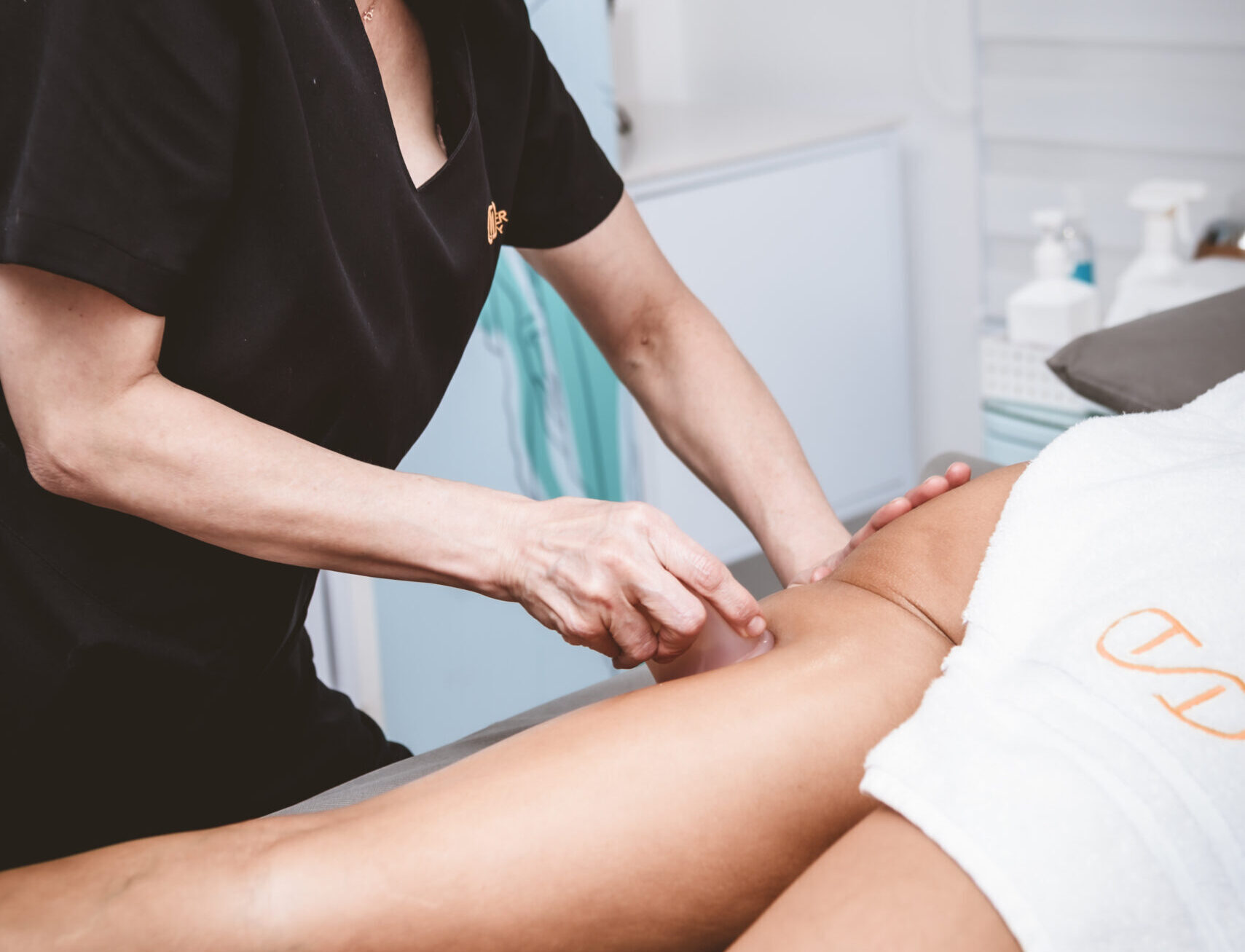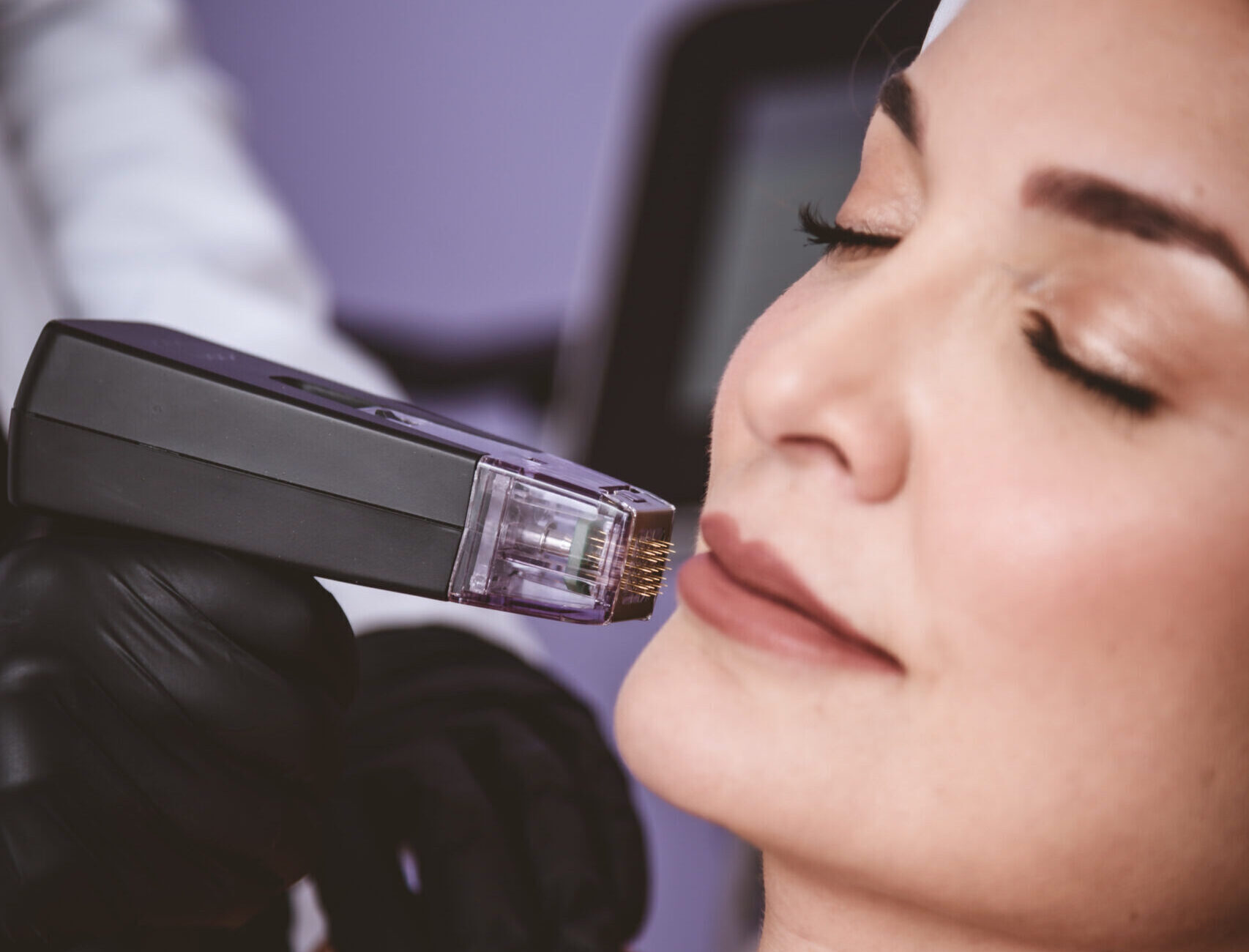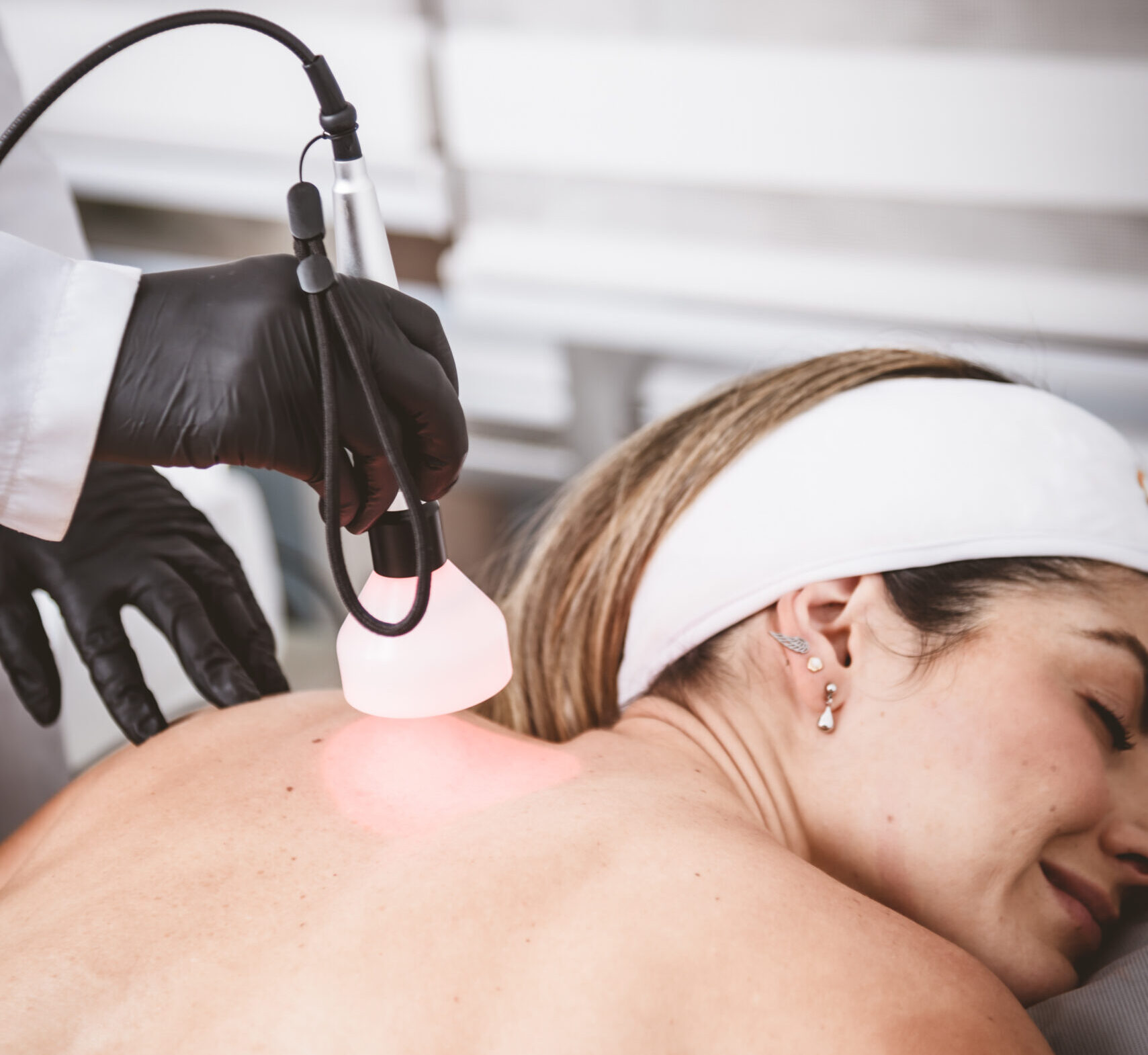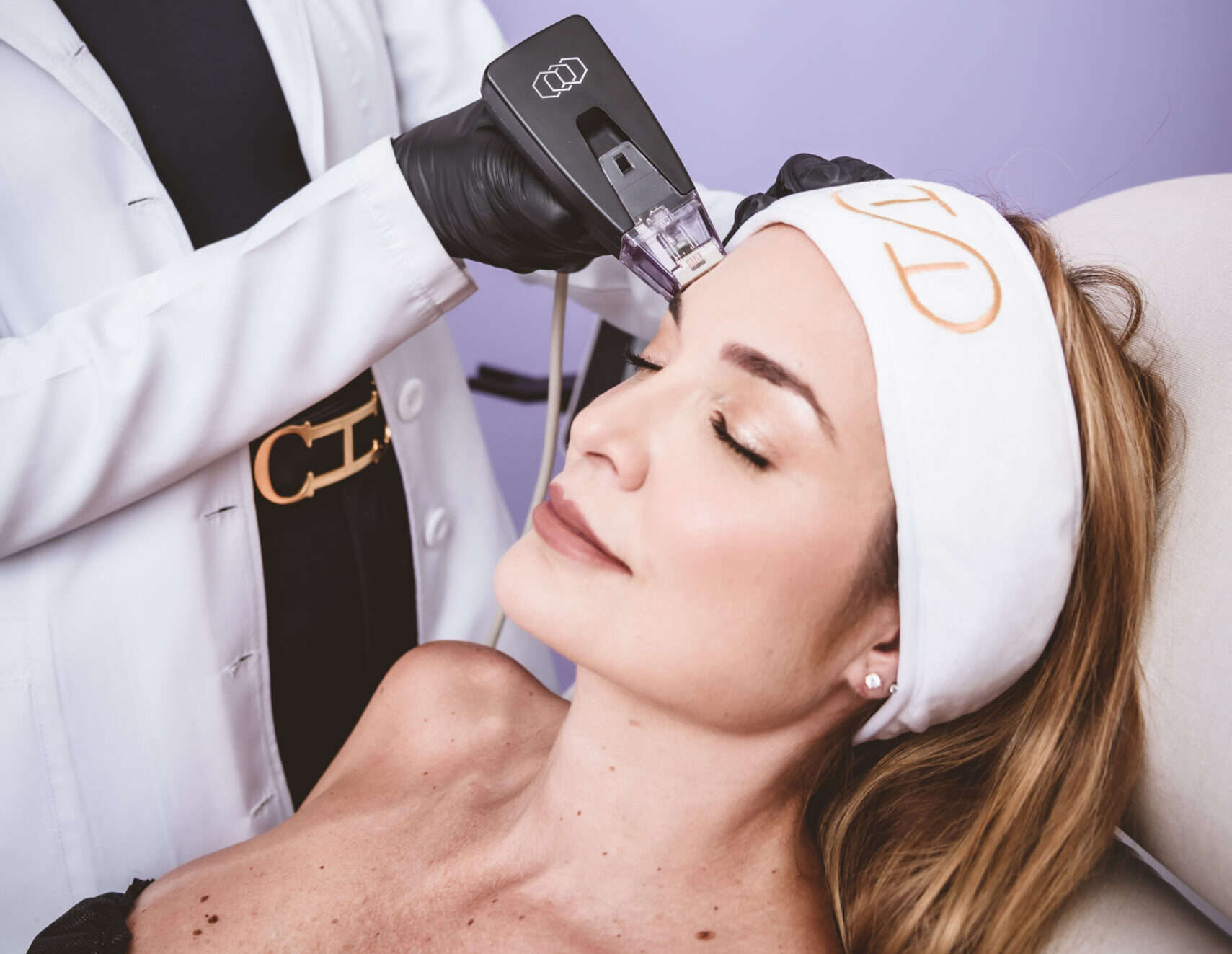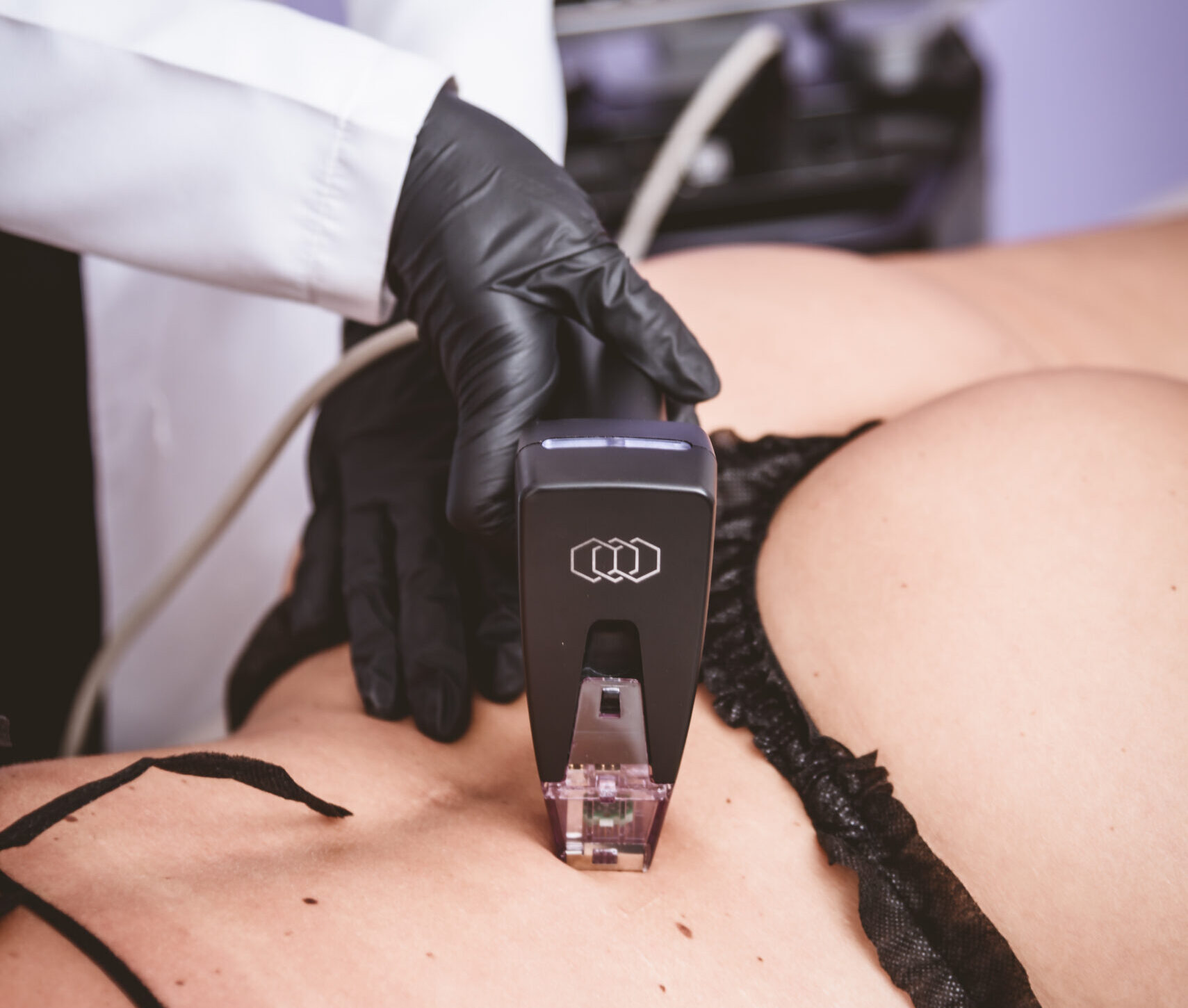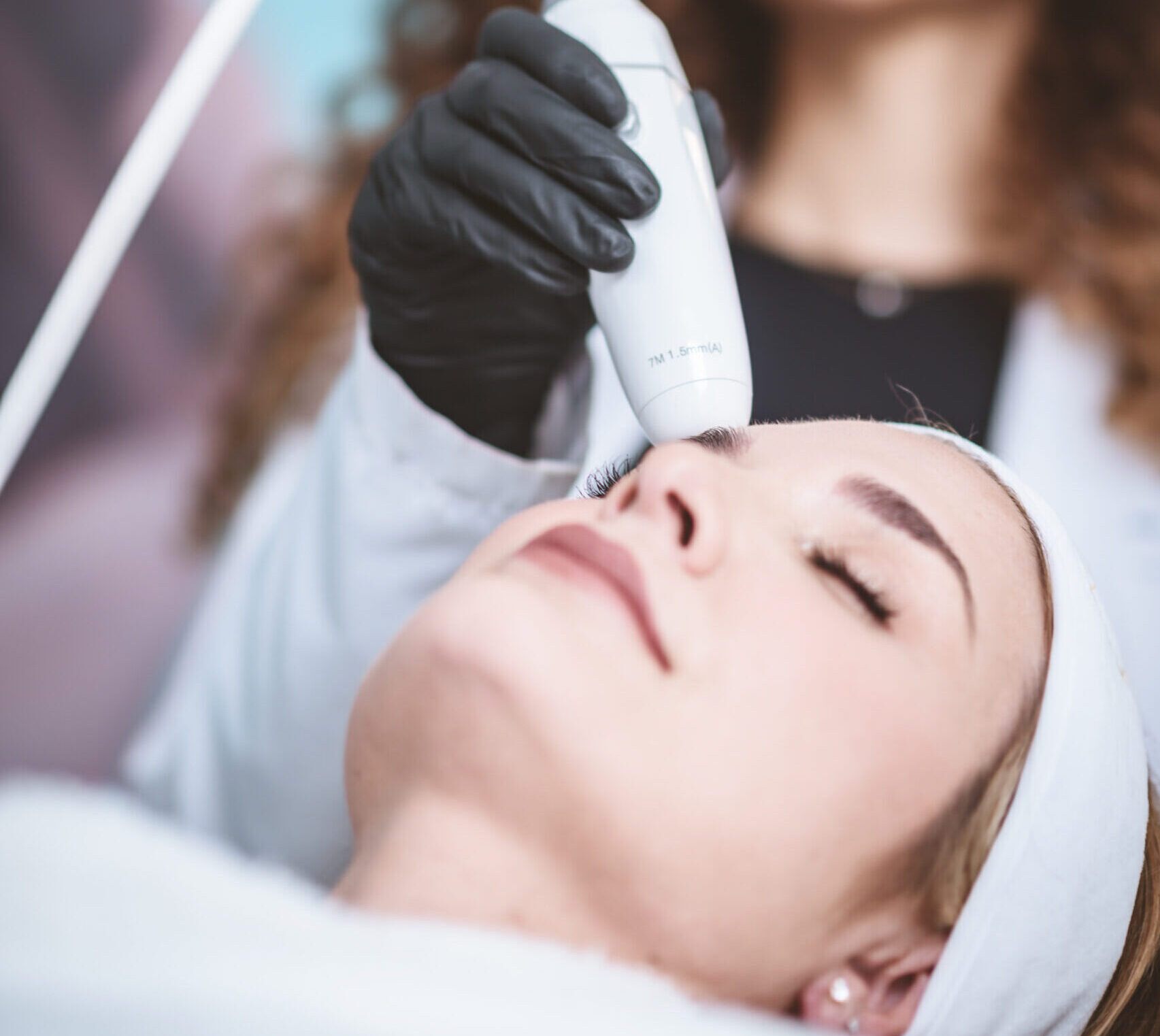Table of Contents
- What is it?
- How does it work?
- Benefits
- Areas that can be treated
- How do you know if you are a candidate?
- What to expect during the procedure?
- Results
- Frequently asked Questions
What is it?
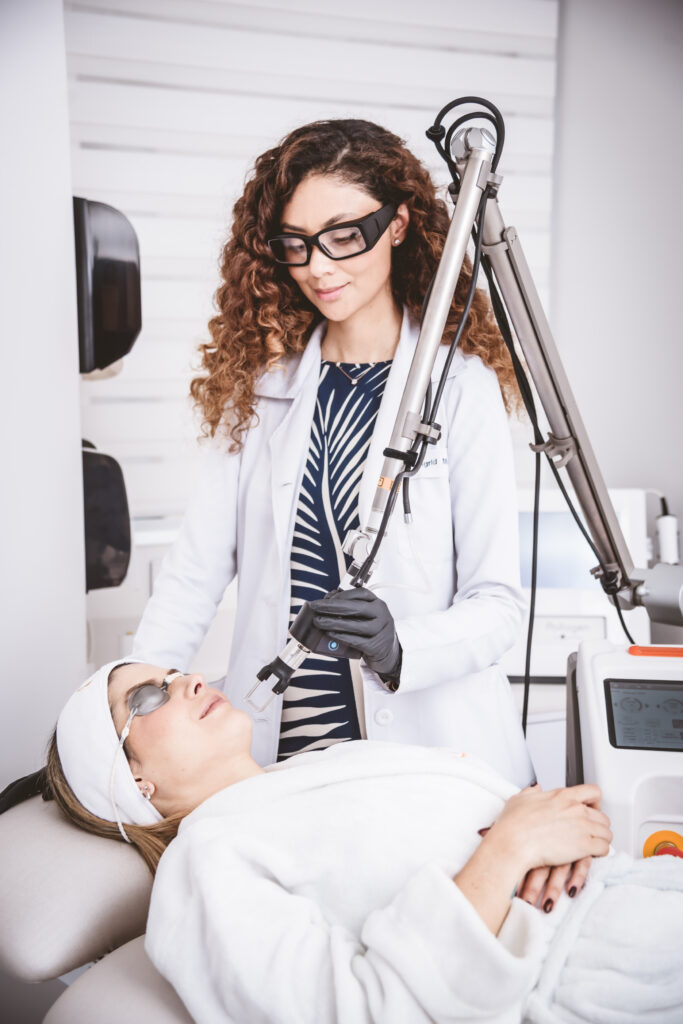
The CO₂ laser treatment is perfect if you have spots, acne scars, or signs of aging that you would like to improve. This laser works by removing the most damaged layers of skin, allowing smoother, clearer, and more radiant skin to emerge.
That’s not all. It also activates your body’s natural collagen, helping your skin look firmer, smoother, and healthier as the days go by.
It is ideal if you want real, visible, and long-lasting results. This is the step your skin has been waiting for.
How does it work?
The CO₂ laser acts like a precise eraser for the skin. Its technology emits a special light that removes the damaged surface layers where there are spots, fine lines, acne scars, or uneven texture.
The most powerful part is what happens next. By creating controlled micro-injuries in the skin, it stimulates the natural production of collagen and elastin, the proteins responsible for keeping your skin firm, elastic, and youthful.
Benefits
- Visible improvement of acne, surgical, or traumatic scars.
- Refinement of skin texture and reduction of enlarged pores.
- Reduction of hyperpigmentation, sunspots, and freckles.
- Smoothing of fine lines and wrinkles.
- Enhanced skin tone and firmness for a rejuvenating effect.
- Possible removal of superficial benign lesions.
Areas that can be treated
- The entire face, especially the forehead, eye area, cheeks, chin, and jawline.
- The neck and décolleté, depending on clinical indication.
- Superficial benign skin lesions and localized scars.
How do you know if you are a candidate?
The ideal profile is adults over the age of 25 with acne scars, sunspots, or superficial skin aging.
What to expect during the procedure?
The skin is cleansed and a topical anesthetic is applied. You will feel warmth and a slight stinging sensation while the laser works. The session lasts between 30 and 60 minutes, depending on the area being treated. Afterward, the skin may appear red and swollen, and in some cases, small scabs may form that heal within a few days.
Results
Many patients notice significant improvements within the first week, with continued progress over the following weeks thanks to new collagen production.
Superficial recovery, including peeling and redness, usually resolves between the second and third week.
The results are long-lasting, although the skin will continue to age naturally.
Maintaining care such as using sunscreen, keeping the skin hydrated, and following the routine recommended by our doctor will help extend the benefits.
